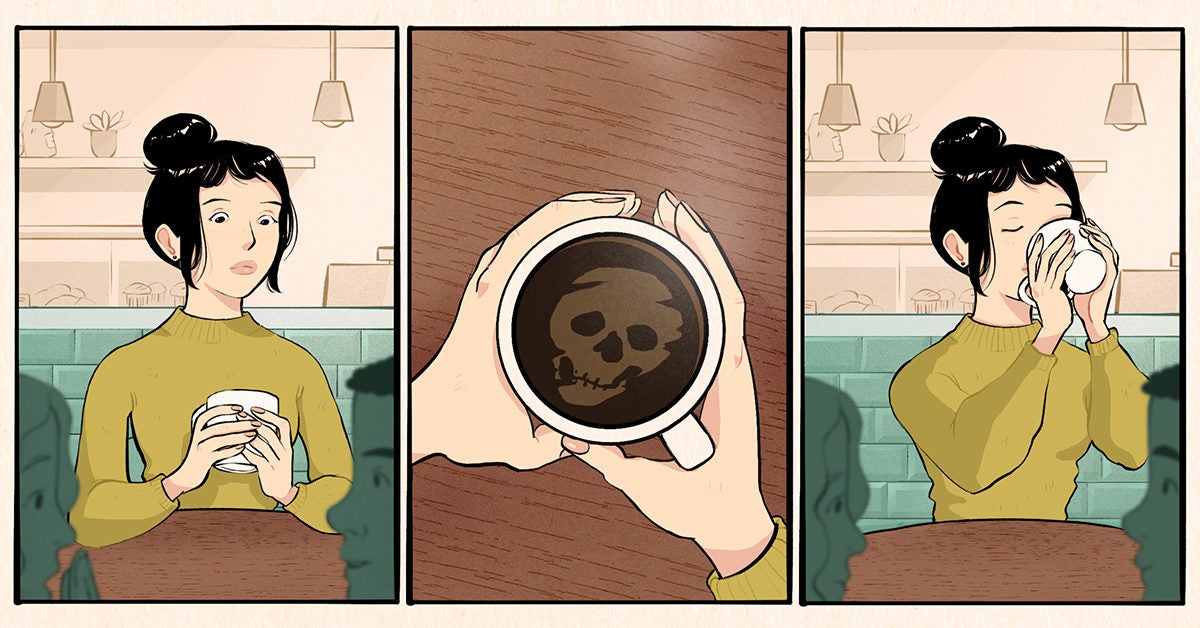

I’m just concerned that you may go again to a place of despair when you leave and I’m thinking of your safety.” You can continue by saying “I want to let you know that I appreciate and am honored that you’ve shared your thoughts with me. Ask direct questions: “While you’re in this dangerous period, may I call your partner or family member and ask them to remove the guns or poisons from the house?”Īsk permission and show concern in a non-judgmental manner-this is more likely to elicit information from your patient. Once you have identified that your patient is at risk for self-harm, try to identify any lethal means that your patient might be able to access once he or she leaves your office. One way to reduce hanging suicides would be to challenge perceptions of hanging as a quick, simple, and painless suicide method (Hassamal et al., 2015).Ībout Lethal Means-A Nurse Practitioner’s Guidance Research indicates that those who attempted suicide by hanging viewed it as a quick, simple, and painless death.
#What is the least painful way to die how to
Currently, there are no formal proposals on how to reduce asphyxiation suicides. The high prevalence of asphyxiations can be attributed to the widespread availability of means for hanging.

Although falling from buildings or bridges is a relatively small percentage of suicide attempts, it is very often lethal (Hemmer et al., 2017)įor both females and males, about a quarter of suicides in 2014 were attributable to suffocation (includes hanging, strangulation, and suffocation), an increase over previous years (NCHS, 2016). For males, the most frequent “other” methods are falls and cutting or piercing (NCHS, 2016). The most frequent “other” suicide methods for females are falls and drowning. More formal recommendations regarding suicides with inert gas asphyxiations need to be developed as well as restricting access to helium (Hassamal et al., 2015). Helium suicides have also been publicized on internet websites as simple and painless. The increasing familiarity with this gas is partly the reason for the rise in suicide by helium. Inert gas asphyxiations using helium have been on the increase in the United States. Among middle-aged adults, more than a third of all drug-related ED visits involving a suicide attempt also involved alcohol, and 11% involved illicit drugs (Tesfazion, 2014). About half of visits involve anti-anxiety and insomnia medications, a third involve pain relievers, and 22% involve antidepressants. Nearly all drug-related emergency department visits involving suicide attempts among middle-aged adults involve prescription drugs and over-the-counter medications. Suicide attempts (and suicide deaths) among middle-aged adults have increased in recent years, which underscores the importance of understanding risk factors for suicide in this age group (Tesfazion, 2014).

Substances Used in Suicide AttemptsĪmong middle-aged adults (aged 35 to 64) poisoning (predominantly drug overdose) is the leading cause of suicide death among females and the third leading cause for males. Poison is the second-most common means of suicide among female veterans while suffocation is the second-most common cause of death among male veterans (USDVA, 2016a). The use of firearms is particularly prevalent among veterans, with approximately 41% of female and 68% of male suicide deaths resulting from a firearm. More than half of male suicides are firearm-related (NCHS, 2016).Īlthough individuals who own firearms are not more likely than others to have a mental disorder or to have attempted suicide, the risk of a death is higher among this population because individuals who attempt suicide using a firearm are more likely to die in their attempts than those who use less lethal methods. A substantial proportion of Americans-over 50% in some states-live in households with guns and may not need to purchase a new firearm to carry out a violent act (Swanson et al., 2015). Household gun ownership rates are a significant positive predictor of both homicide and suicide. Access, availability, and social acceptability of certain suicide methods and some location-specific factors such as access to firearms or tall buildings can factor into the choice of a lethal means (Sun & Jia, 2014). Nonviolent methods include ingestion of pesticides, poison by gases, suffocation, and overdose. Violent methods can include firearms, cutting or piercing with a sharp object, hanging, jumping from high places, or stepping in front of a train or other vehicle. Lethal means can be divided into two main categories: violent and nonviolent methods.

Lethal means are items or actions that might be used in a suicide attempt that are likely to result in death.


 0 kommentar(er)
0 kommentar(er)
